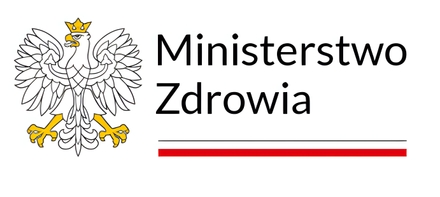Overview
Size & Capacity
Large, 566 beds
Clinic type
Specialized
Type of care
Inpatient, Outpatient
Age group
Kids, Adults
3.2 on Google
The data collected based on 377 patient reviews on Google
Certificates
Features & Facts
About the clinic
Gallery
Extra services
Location
Jana III Sobieskiego 9, 02-957 Warszawa, Poland
FAQ
Should I choose a medical center for the treatment of drug-resistant epilepsy?
The clinic is an excellent place to treat drug-resistant epilepsy due to the high-quality modern treatment available in particular departments. In addition, neurosurgical removal of the source, deep brain stimulation, and electroshock therapy allow doctors to find solutions in complex cases.
Does the Institute of Psychiatry and Neurology in Warsaw serve children?
A separate child and adolescent psychiatry department offers treatment for obsessive-compulsive syndrome, ADHD, eating disorders, and nervous system disorders. In addition, family counseling is available to resolve internal conflicts and support the patient's relatives.
Is the clinic suitable for neurosurgical treatment?
Neurosurgeons have the necessary imaging and microscopic surgical equipment to perform gentle surgical interventions on tumor lesions and vascular disorders. In addition, the implantation of spinal cord stimulators effectively solves chronic pain problems and is highly efficient.
Get individual treatment plan and cost estimate. Non-binding 100% free assessment.
© Institute of Psychiatry and Neurology Warsaw


















